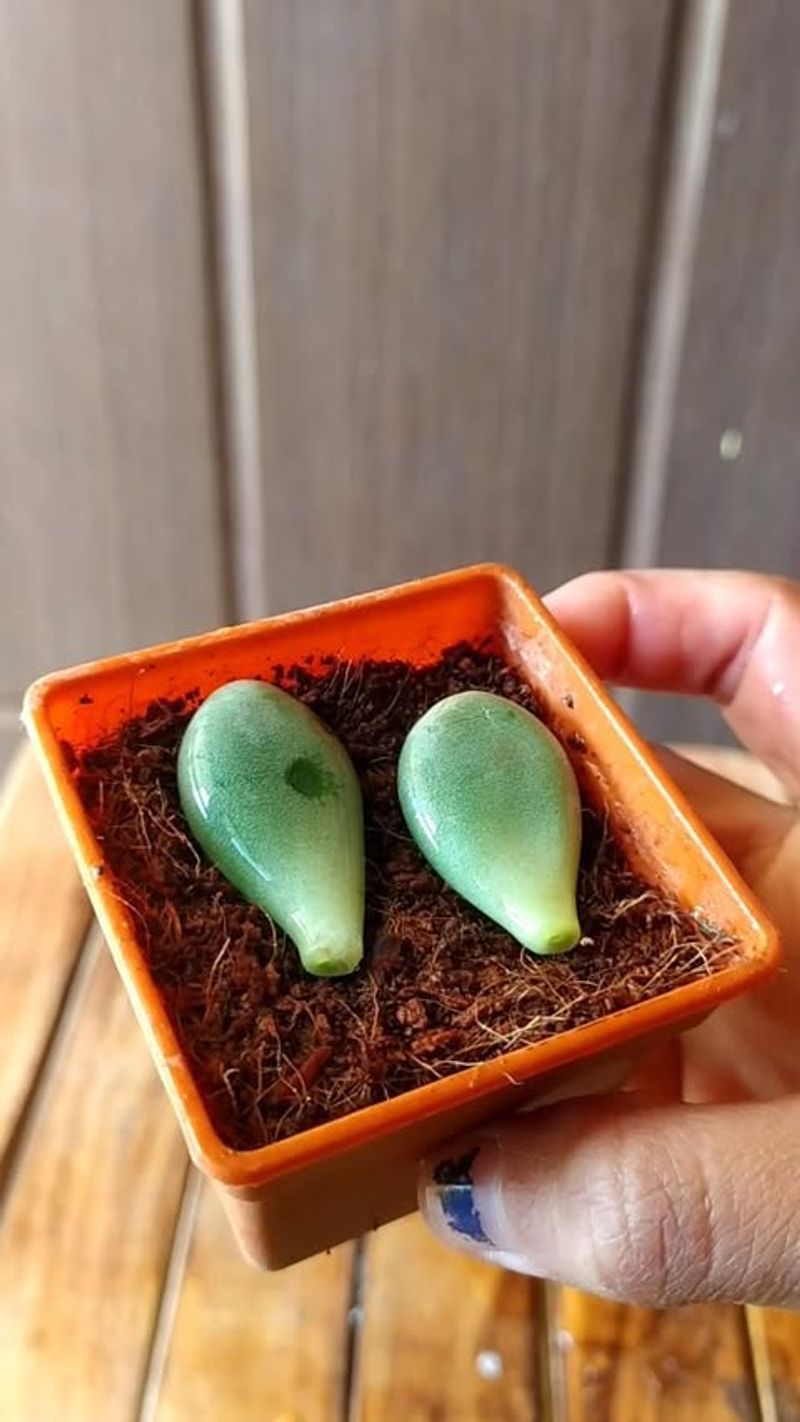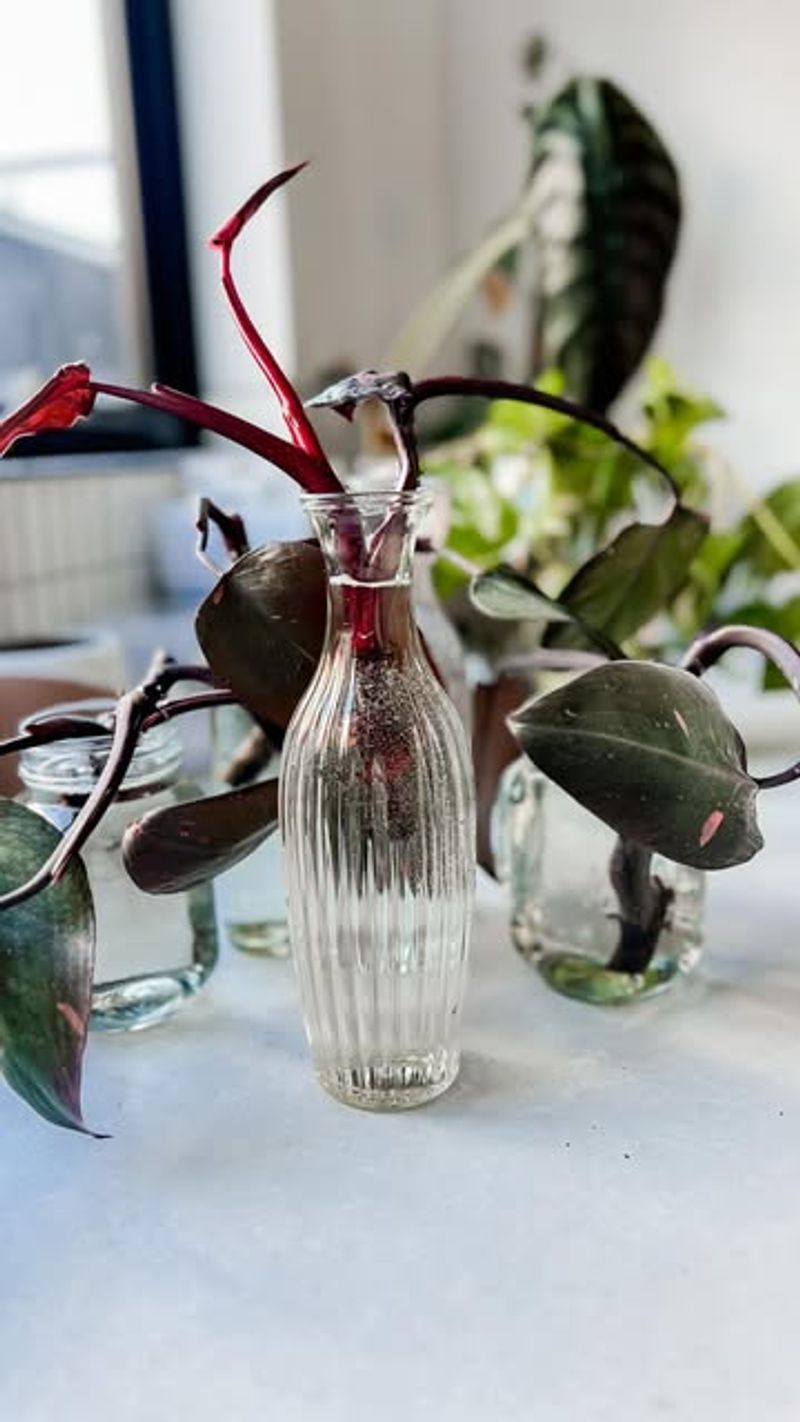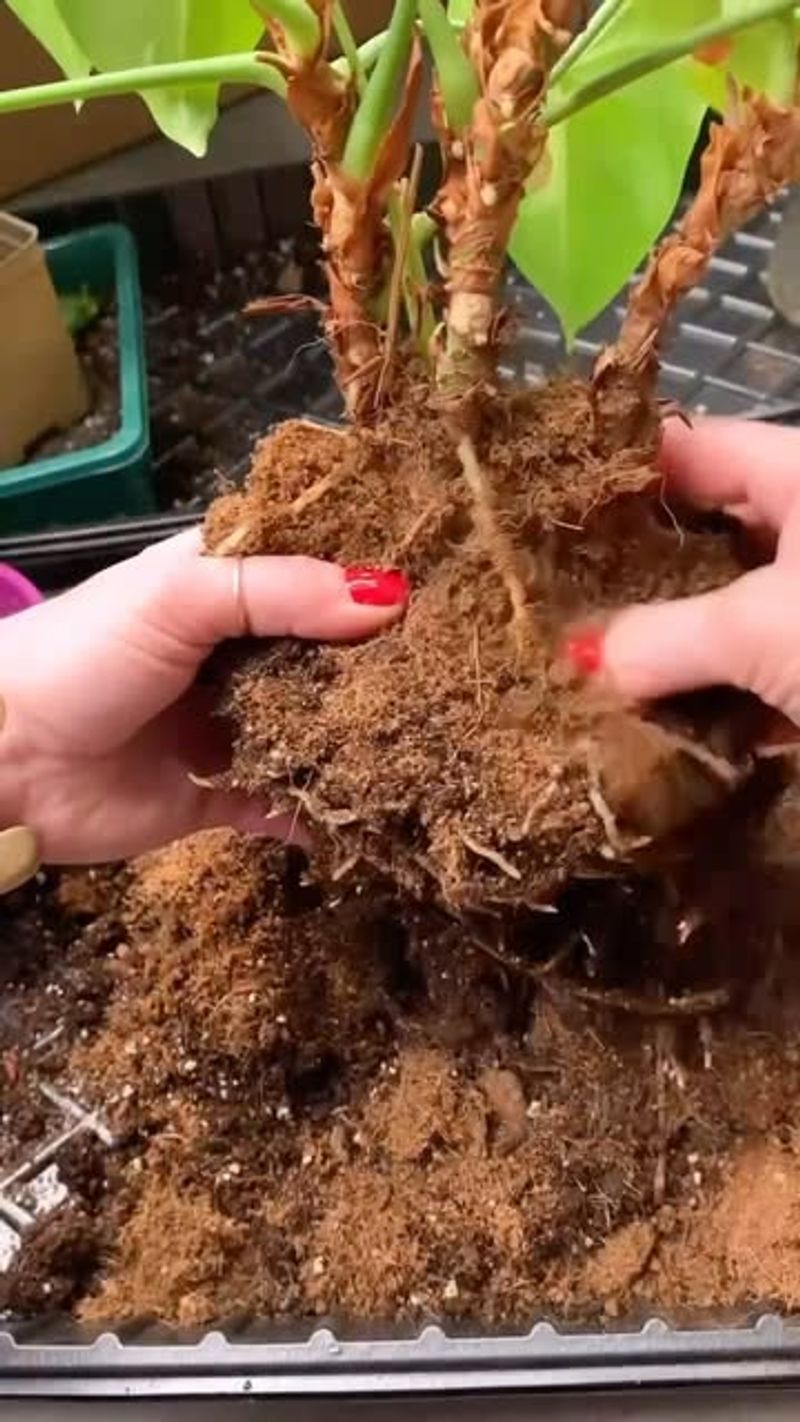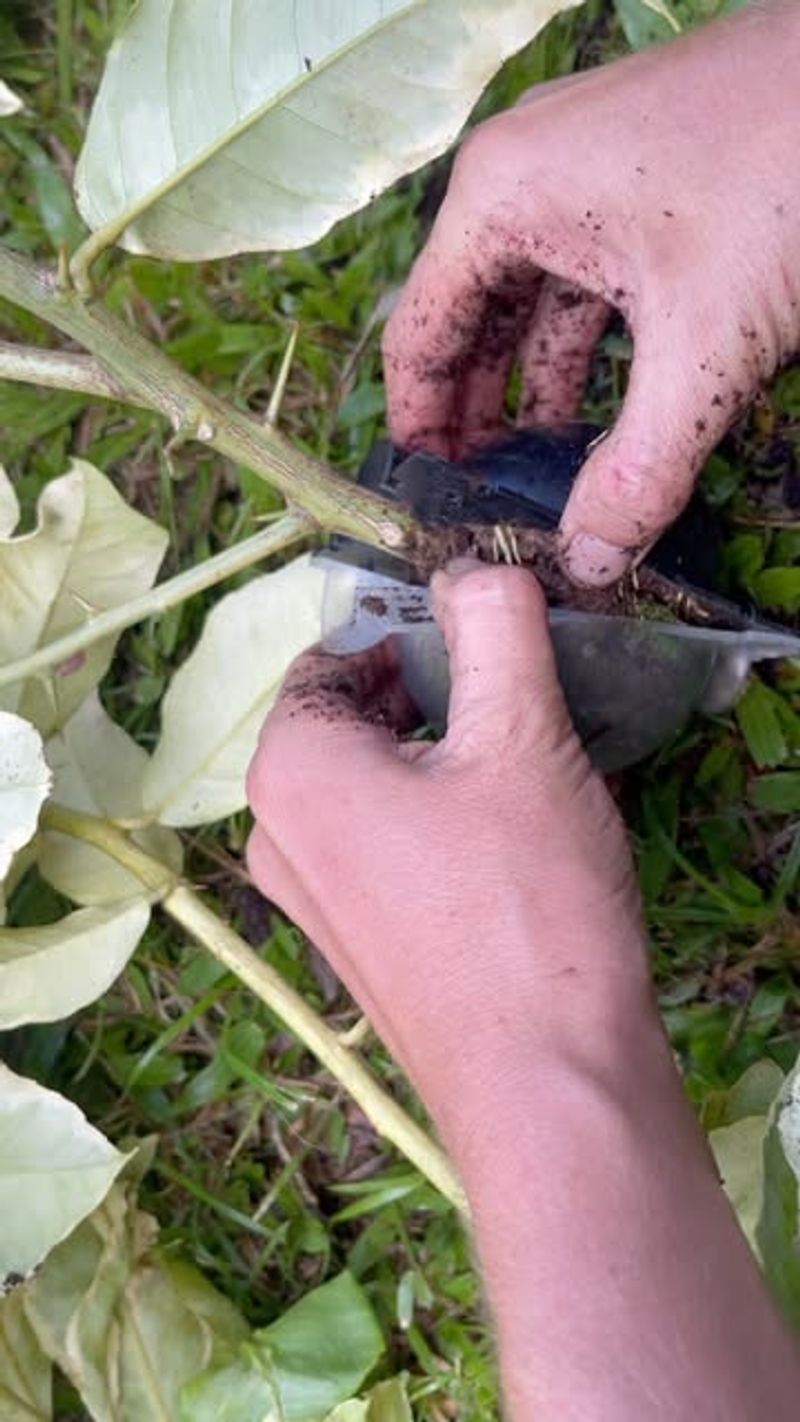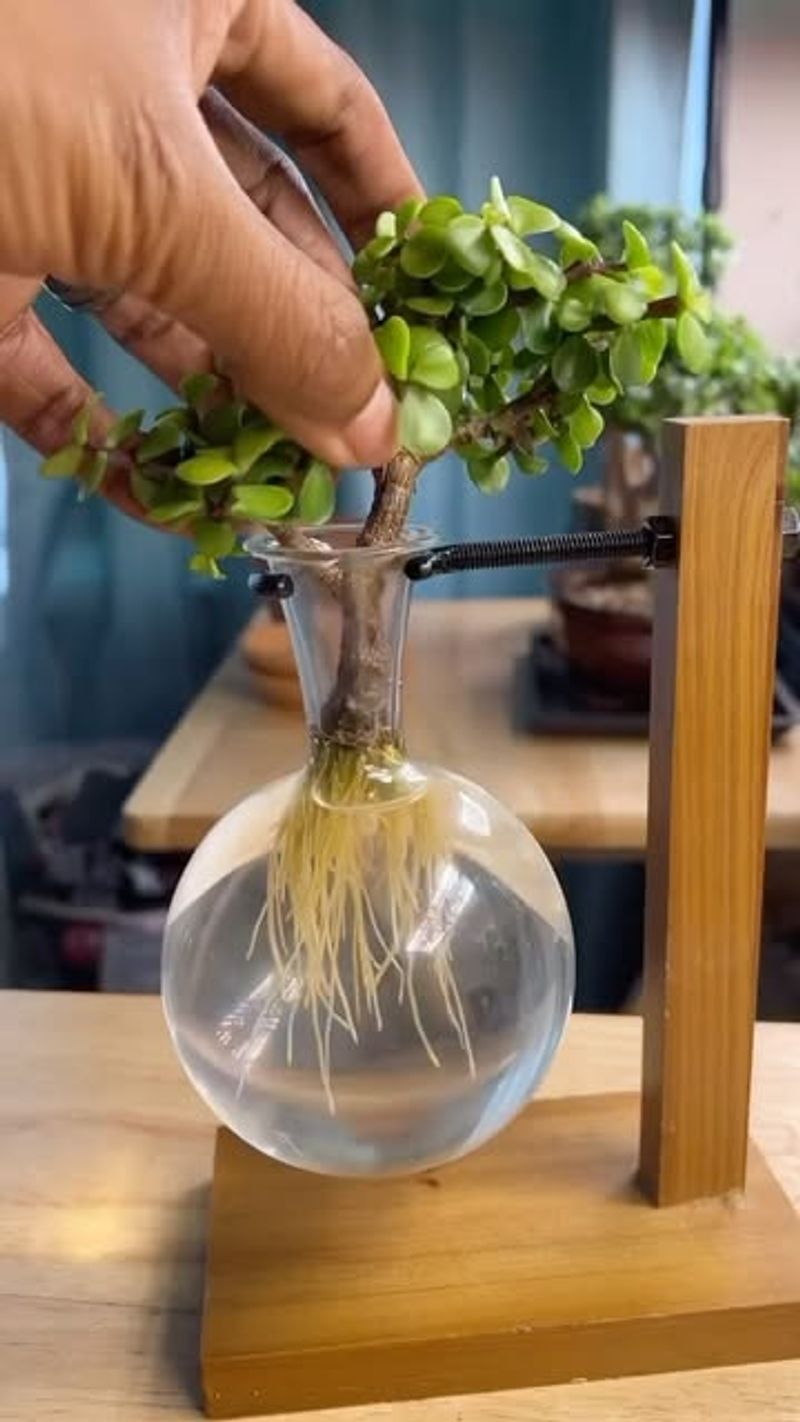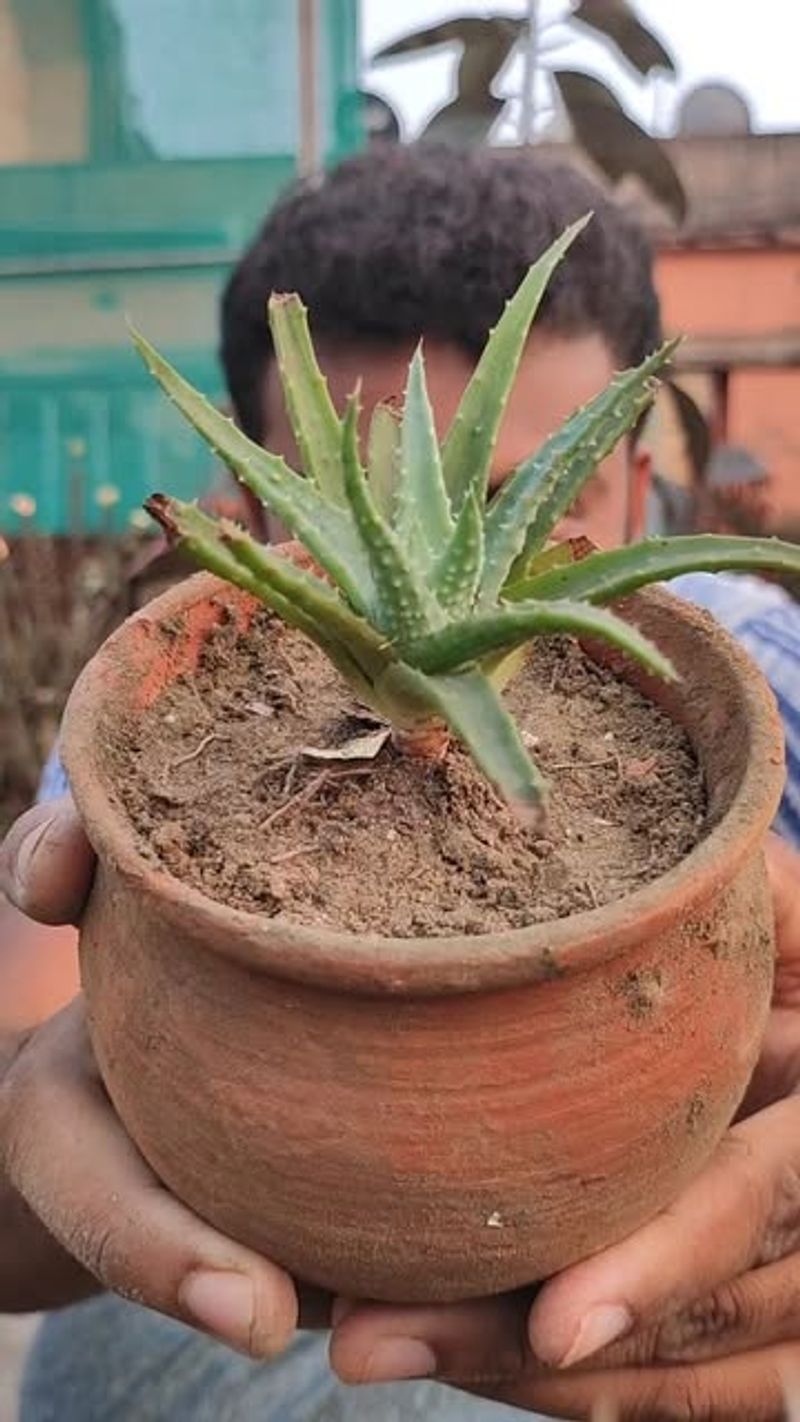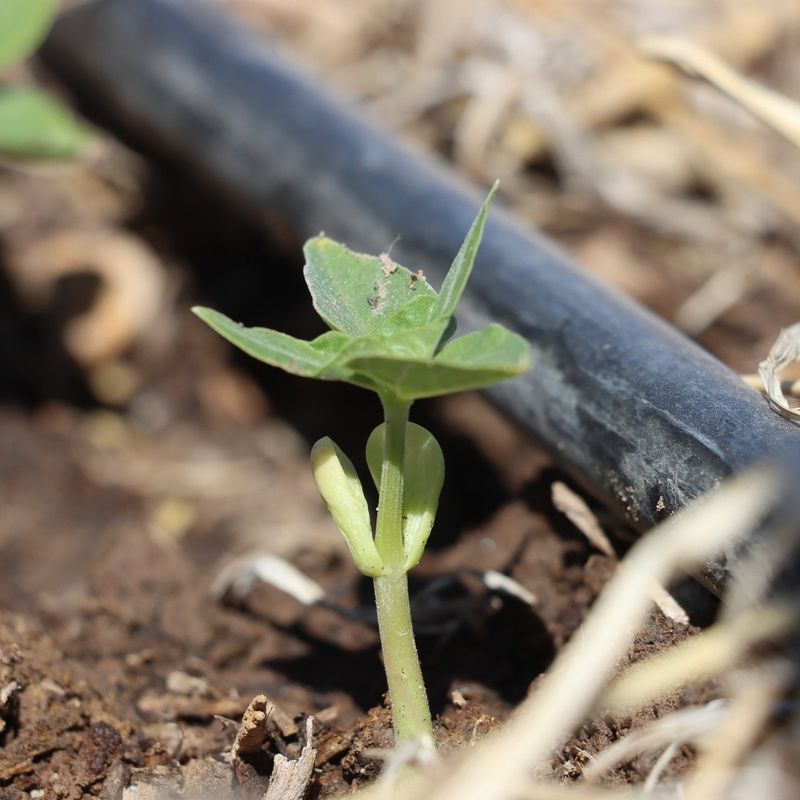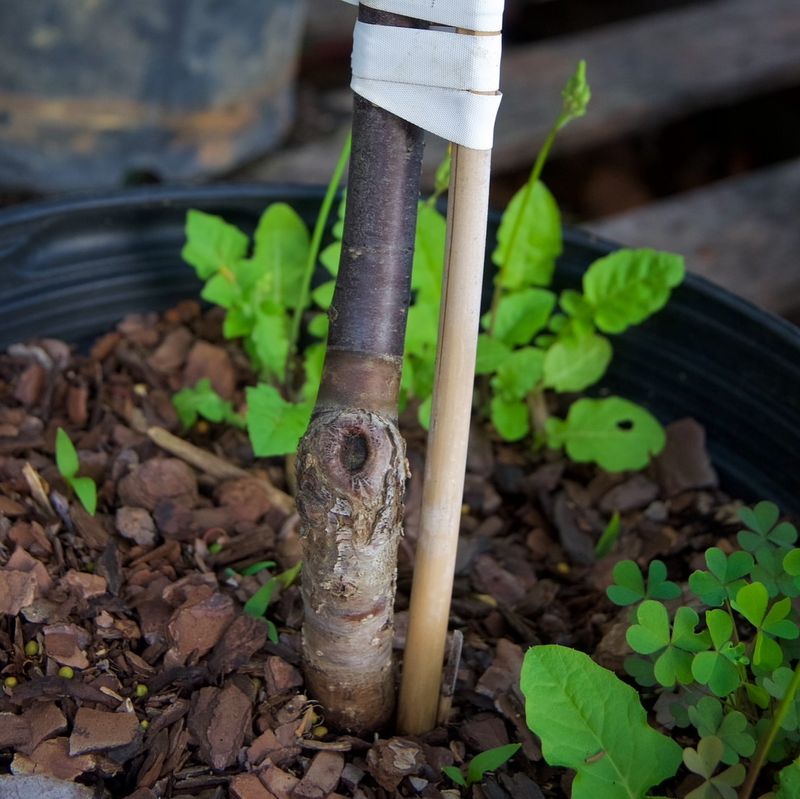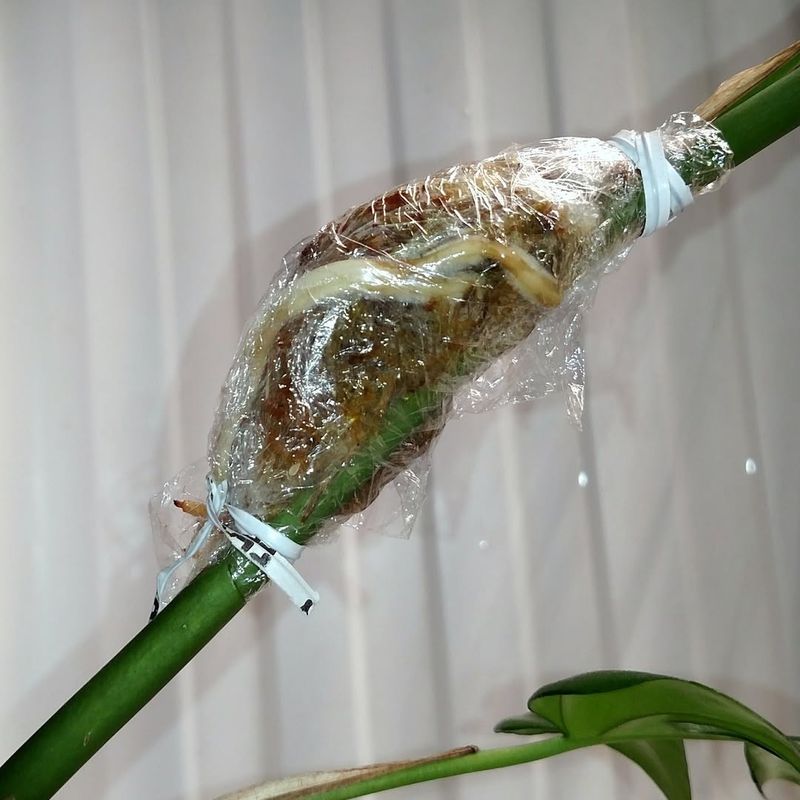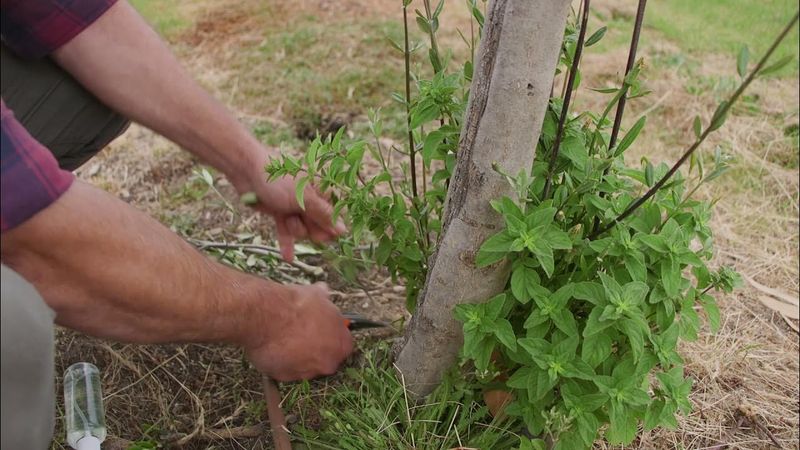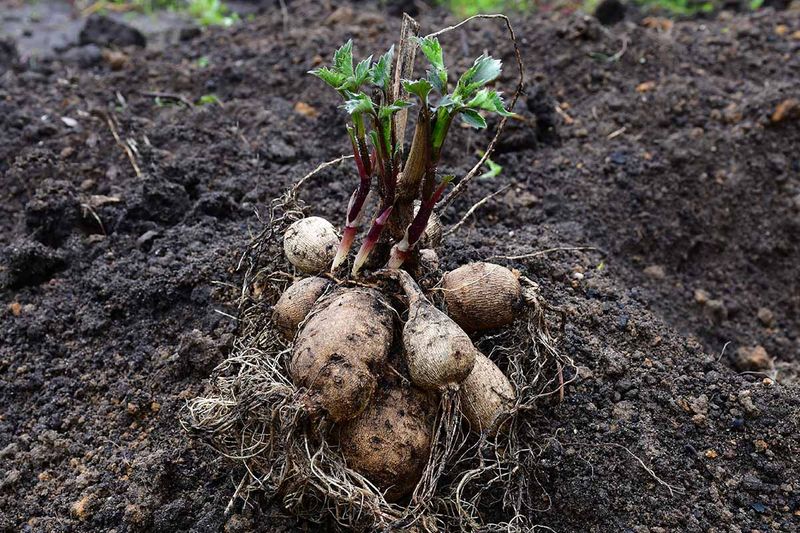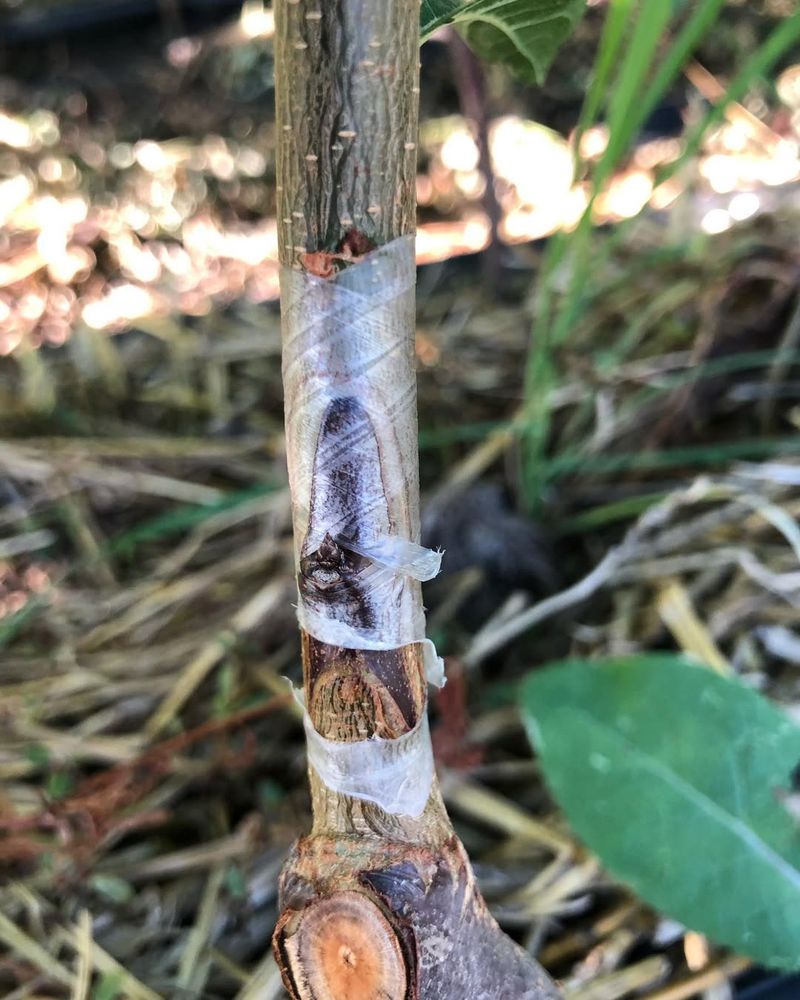Have you ever marveled at how something as tiny as a seed can turn into a sprawling plant, bursting with life? The world of plants is full of magic and wonder, and with a few clever tricks, you can multiply your green friends from just a single one. Whether you’re a budding gardener or a seasoned plant lover, these propagation hacks will unlock endless possibilities right in your own backyard. Dive into these engaging methods and watch your garden grow!
1. Leaf Cuttings
Leaf cuttings can work wonders in propagation. Snip a healthy leaf and plant it in moist soil. Soon, roots will sprout, and you’ll have a new plant. This method is perfect for plants like succulents.
Plus, it’s incredibly satisfying to watch a simple leaf transform into a thriving plant. For best results, let the leaf dry for a day or two before planting—this helps prevent rot and encourages stronger root growth.
2. Stem Cuttings
Taking stem cuttings is a classic technique. By cutting a piece of stem and placing it in water or soil, new roots will develop.
Succulents and many houseplants love this method. It’s fascinating to see the stem develop roots and leaves, offering a fantastic way to expand your plant collection.
Just make sure to use a clean, sharp tool and cut just below a node—the spot where leaves grow—for the best chance of success.
3. Root Division
Root division is perfect for perennials. By carefully separating a plant into sections, each with roots attached, you create new plants.
This helps rejuvenate older plants and increases your garden’s bounty. It’s a hands-on approach but very rewarding as your garden grows with vigor and vitality.
For best results, divide plants in early spring or fall when temperatures are cooler and roots can establish more easily.
4. Air Layering
Air layering involves wrapping a stem with moss and plastic to encourage roots to form. It’s ideal for woody plants like roses.
Once roots appear, the stem is cut and planted. This technique is magical, as you witness roots forming above ground, turning into a new plant ready to thrive. To boost success, gently wound the stem before wrapping—it encourages faster root development.
5. Water Propagation
Propagating plants in water is simple and fun. Place a cutting in water and watch as roots develop. This transparent method lets you see the roots grow day by day.
It’s exciting for kids and adults alike, making it a perfect family gardening project. Dont forget to change the water every few days to keep it fresh and prevent bacteria from harming the cutting.
6. Offset Planting
Offset planting is all about using the baby plants that grow from the parent, like with aloe. These little ones can be separated and replanted, giving you instant new plants. It’s a straightforward way to expand your garden, and there’s something heartwarming about nurturing these plant babies.
Always wait until the offsets have a few roots of their own before removing them—it gives them a stronger start in their new home.
7. Seed Propagation
Seeds are the start of all plant life. Planting seeds in soil and watching them sprout is a timeless way to propagate.
This method teaches patience and care but rewards with new life. Whether it’s flowers or vegetables, seeds offer endless possibilities to create a flourishing garden.
To improve germination, try soaking seeds overnight or using a seed-starting mix to give them the best possible start.
8. Grafting
Grafting is like plant surgery. By joining two plants together, they grow as one. This technique is often used for fruit trees, allowing you to combine the strengths of different plants.
It’s complex but incredibly satisfying, watching your graft flourish and produce fruit. For the best chance of success, make sure the cambium layers (the green tissue just under the bark) of both plants align—this is key to proper healing and growth.
9. Layering
Layering involves bending a stem to the ground to encourage rooting while still attached to the parent plant. It’s a natural way to propagate shrubs.
You’ll find it thrilling to discover new roots and eventually separate the new plant from its parent, creating a whole new addition to your garden.
To speed things up, lightly scrape the underside of the stem where it touches the soil—this encourages quicker root development.
10. Bulb Division
Bulbs hold the promise of new blooms. Dividing bulbs, such as tulips or daffodils, gives you more flowers. By digging up and carefully separating bulbs, you’ll have a flourishing display each season.
It’s delightful to see new shoots emerge, knowing they came from a single bulb. Be sure to divide them after the foliage has died back—this ensures the bulbs have stored enough energy for next season’s growth.
11. Tissue Culture
Tissue culture is high-tech propagation. By using tiny pieces of plant tissue, new plants grow in a controlled lab environment.
It’s fascinating for rare and hard-to-propagate plants. Watching these plants grow from a few cells is like witnessing a botanical miracle, perfect for the true plant enthusiast.
While it requires sterile conditions and precision, starter kits are available for hobbyists ready to explore this cutting-edge method at home.
12. Rhizome Propagation
Rhizomes are underground stems filled with potential. By cutting and planting them, you create new plants. This method is great for plants like ferns and ginger. It offers an exciting challenge, rewarding you with lush new growth springing up from beneath the soil.
When dividing rhizomes, make sure each piece has at least one healthy bud or “eye”—that’s where new growth will emerge.
13. Cane Cuttings
Cane cuttings are perfect for plants like bamboo. By cutting sections of the cane and planting them, new shoots emerge.
It’s a straightforward method that adds an exotic flair to your garden. Watching these canes grow tall and strong is a rewarding experience for any gardener.
Ensure each cane section has at least one node, and plant it horizontally or slightly angled to encourage strong shoot development.
14. Sucker Removal
Suckers are new shoots growing at the base of a plant. By carefully removing and planting these, you create new plants. It’s particularly useful for roses.
This method ensures the main plant stays healthy while giving you the joy of nurturing new life in your garden.
When removing suckers, be sure to cut as close to the root as possible to include a bit of the base—this improves the chances of successful replanting.
15. Spores Propagation
Spores are nature’s tiny miracles. By collecting and planting spores, you can grow new ferns and fungi. It’s a unique way to propagate, requiring patience and care.
Watching new life emerge from these microscopic spores is awe-inspiring, perfect for the adventurous gardener.
For the best results, sow spores on a sterile, moist surface like damp peat or paper, and keep them in a humid, low-light environment until they germinate.
16. Tuber Propagation
Tubers, like potatoes, are a gardener’s delight. By planting pieces of tuber, you grow new plants. It’s an easy and productive way to propagate, offering a plentiful harvest.
Each sprouting tuber is a reminder of how something so simple can bring such abundance to your garden. Just make sure each tuber piece has at least one “eye” or bud before planting—that’s where the new growth begins.
17. Bud Grafting
Bud grafting is a precise technique for budding new plants. By attaching a bud from one plant to another, you create a unique hybrid.
This method is exciting for fruit trees, allowing different varieties on a single tree. It’s a creative way to innovate in your garden, producing delightful surprises.
For success, perform bud grafting during the growing season when the bark slips easily, and secure the bud tightly with grafting tape to ensure proper union.


